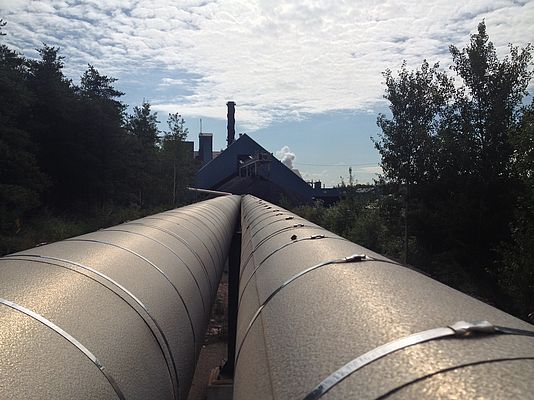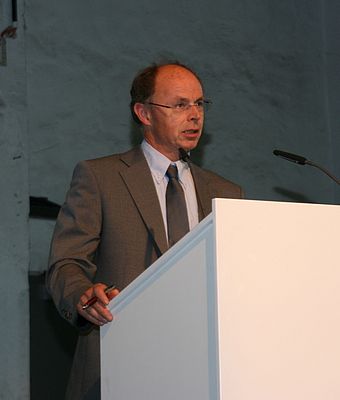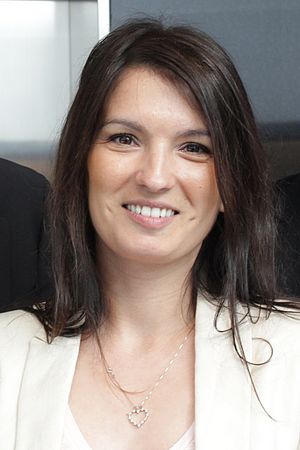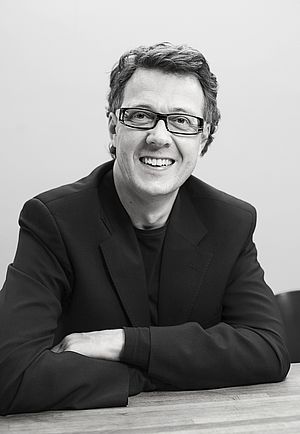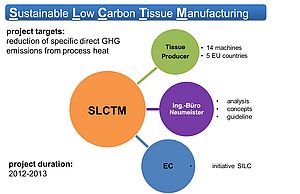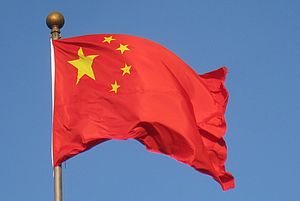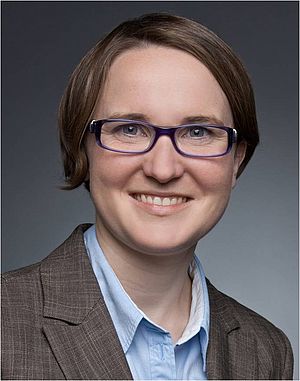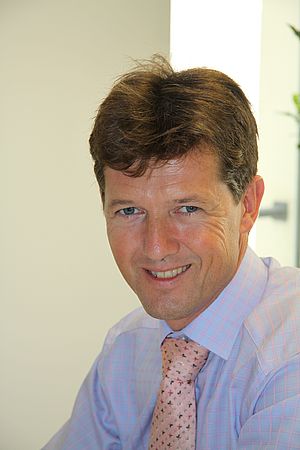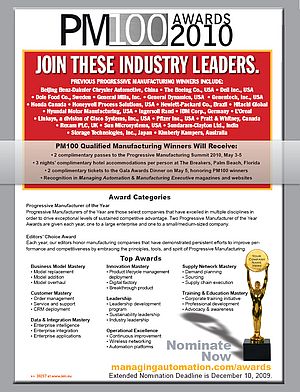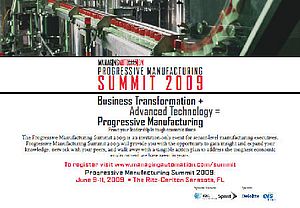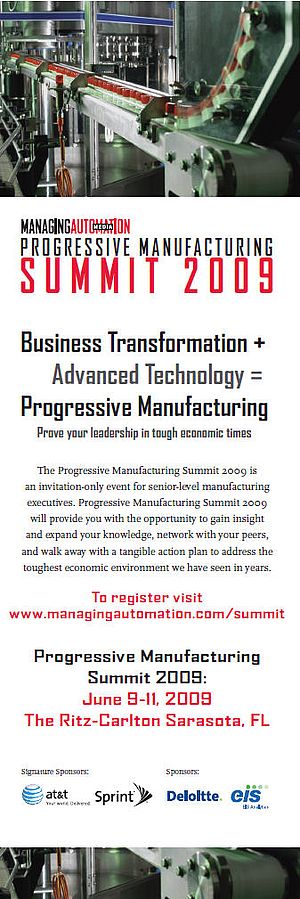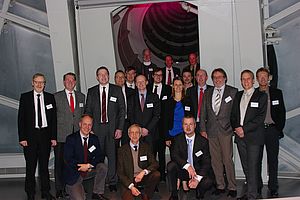What the process industry in Europe needs to become more energy-efficient, competitive and environmentally friendly.
Elkem aims to be a part of the solution of a carbon neutral future. As a large producer of silicon and ferroalloys, we are very much a part of the energy intensive industry. Our production processes requires large amounts of electricity. More efficient energy use is therefore a frequent topic for systematic improvement at all our plants.
In Elkem, better energy efficiency is to be achieved by several methods:
• Energy control - Identify all processes that use energy and find ways to reduce the energy consumption
• Increased productivity and yield – Improve production processes so that the energy consumption per unit produced is reduced
• Waste heat – Recover and use the energy (heat) that remains after the actual production process has been completed.
•
The three methods all have the same end result: lower consumption of electrical power, and thereby lower carbon emissions. Whilst Elkem has projects involving all three methods, the biggest effects can be achieved through waste heat recovery. Elkem’s processes generate a large amount of excess heat, and finding ways to utilise this heat is a great opportunity, but also a challenge.
Waste heat alternatives
Waste heat can in principle be used in two ways: direct utilisation of the heat from the furnace as steam or hot water, or by converting the heat to electric power. The EU-emission trading scheme (ETS) gives incentives for energy recovery to heat but not for converting heat to electric power.
On the surface, the reasoning for this is understandable: When waste heat is converted into electricity, two-thirds of the energy is lost. It is therefore best to use the heat directly, either in other parts of the production or to heat buildings, football fields, pavements, etc. However, many smelters are located in very remote locations, far away from other buildings or industry, making it difficult to utilise the heat well. Hence, production of electricity from the waste heat is often the only alternative. Significantly improved ETS incentives for the production of electricity from waste heat would be an important factor in increasing the number of energy recovery systems in our industry.
A pioneer
Elkem is already a pioneer in the utilisation of waste heat. At Elkem Thamshavn in Norway, electricity produced using waste heat was expanded from 90 GWh to 165 GWh in 2012-13. Together with delivery to district heating, close to 200 GWh is recovered out of a total electricity consumption of 600GWh. Elkem Thamshavn is a such the most energy-efficient silicon plant in the world
Elkem’s plant in Chicoutimi Canada has the same position for the production of ferrosilicon. In Chicoutimi, a new energy recovery facility has been in operation since June. Out of a total consumption of 300 GWh a year, 150 GWh is recovered in the form of steam and delivered to the nearby aluminum company Rio Tinto Alcan (RTA). Three of our other plants have energy recovery systems, the first one dating back to 1976.
What the industry needs
Elkem already has the most energy efficient plants in the world and we continuously strive to lead the way on process efficiency and thereby the reduction of energy consumption, waste and emissions. Since most of our plants run on renewable energy such as hydro power, replacing the production from Elkem with production from a coal based power system would increase CO2 emission four-fold. Therefore, providing competitive framework conditions is not only good for growth and jobs, but also for the environment.
Elkem has several ongoing processes that aim to significantly reduce net energy consumption. Further reduction in energy consumption is continuously on the agenda. Implementing these plans depend on:
• Stable financial development and a good financial framework
• ETS reform that provides incentives for energy recovery through allocation of free quotas
• Compensation for the CO2 element in the electricity price
• EU / national support programs
• Stable EU state aid regulations.
Elkem
Elkem is one of the world’s leading companies for environment-friendly production of metals and materials. Its principal products are solar grade silicon, silicon, special alloys for the foundry industry, carbon and microsilica. Elkem has six plants in Norway and Iceland as well as plants in North and South America, Africa and Asia. Five of Elkem’s plants have installed energy recovery systems, recovering approximately 450 GWh energy per annum.
At Elkem Chicoutimi, Canada, a new energy recovery facility has been in operation since June 2013. Out of a total consumption of 300GWh a year, 150GWh is recovered in the form of steam and delivered to the nearby aluminum company Rio Tinto Alcan (RTA), making Chicoutimi the world’s most energy-efficient ferrosilicon plant. Here you see the pipeline that transports steam to the alumina plant.
Part of the Solution
By Alf Tore Haug, Manager for energy management and waste reduction in Elkem
- by TIM Global Media BV
- November 12, 2013
- 337 views


